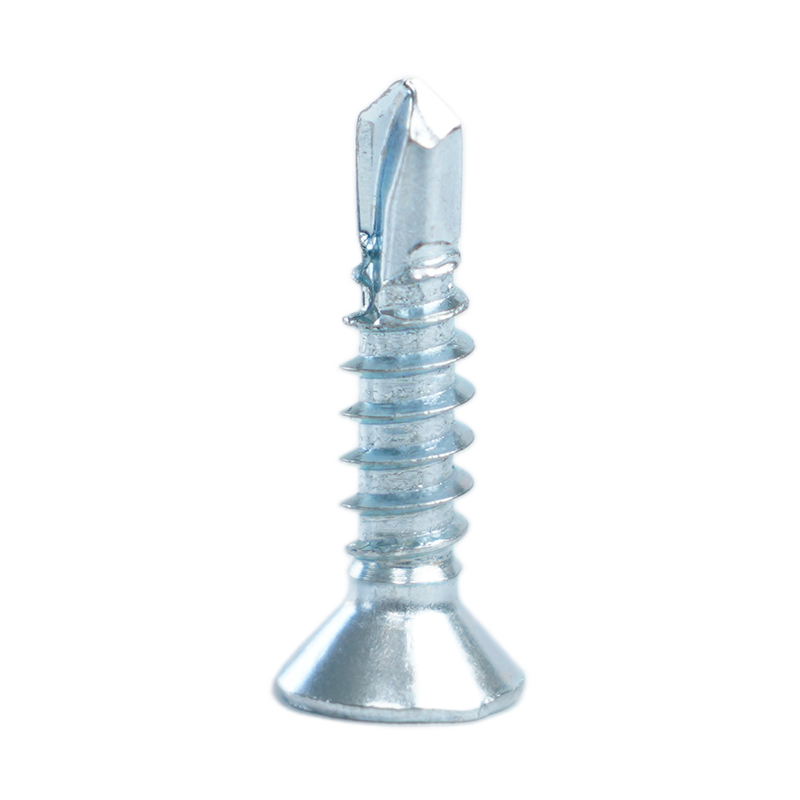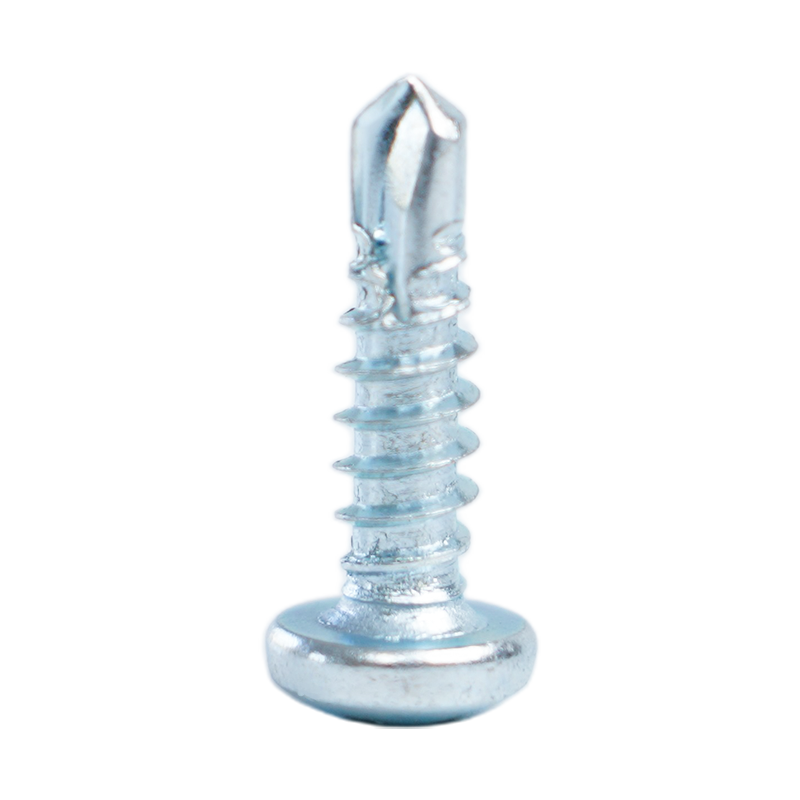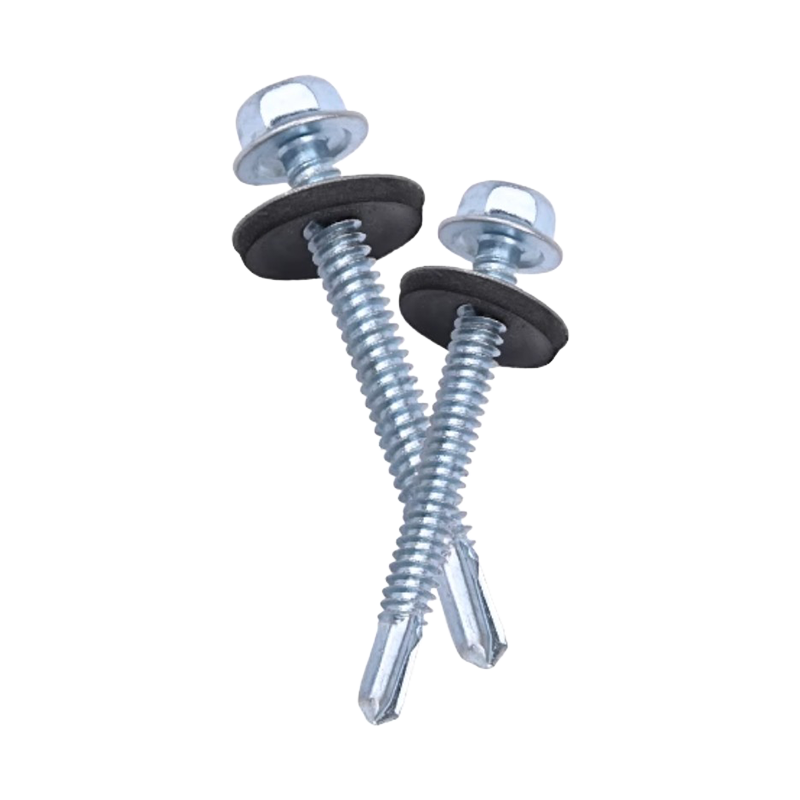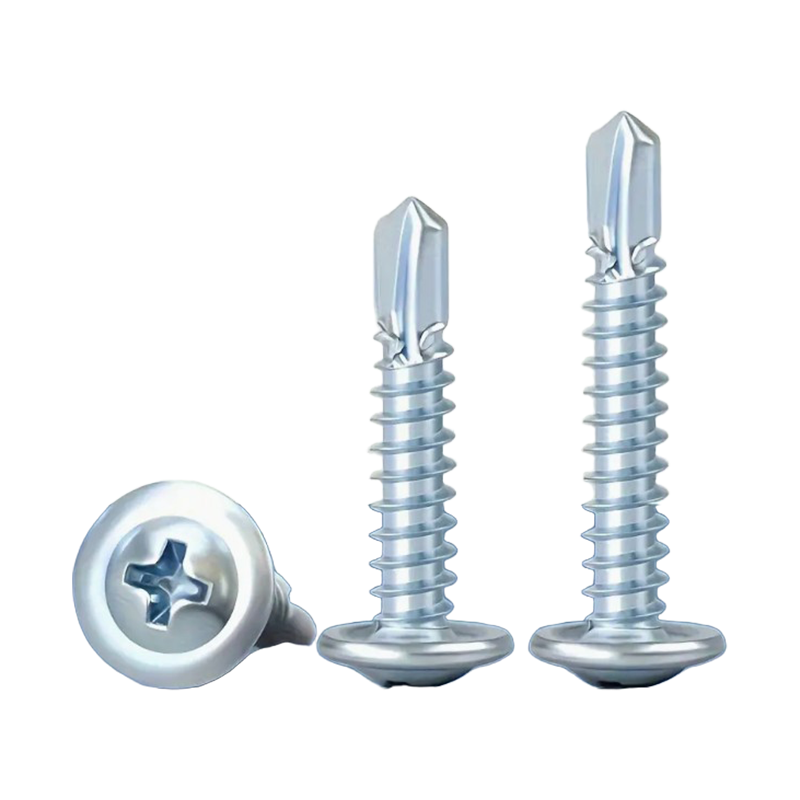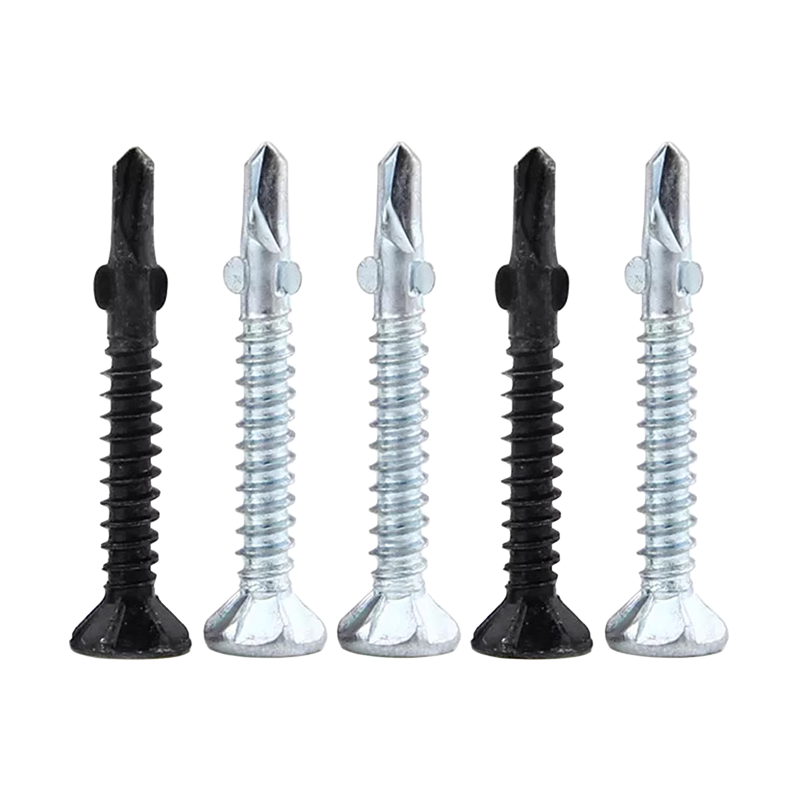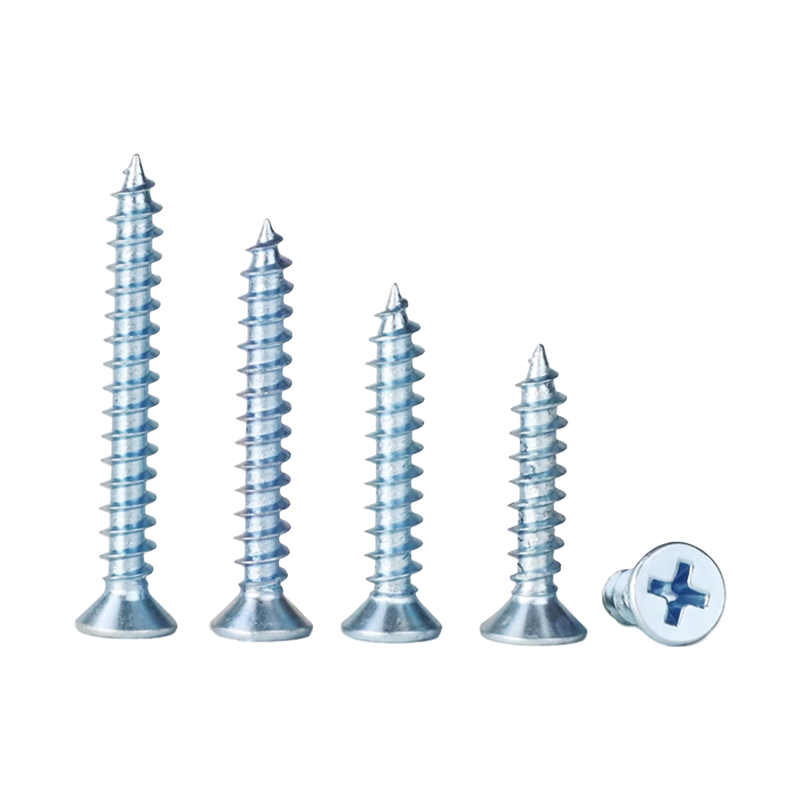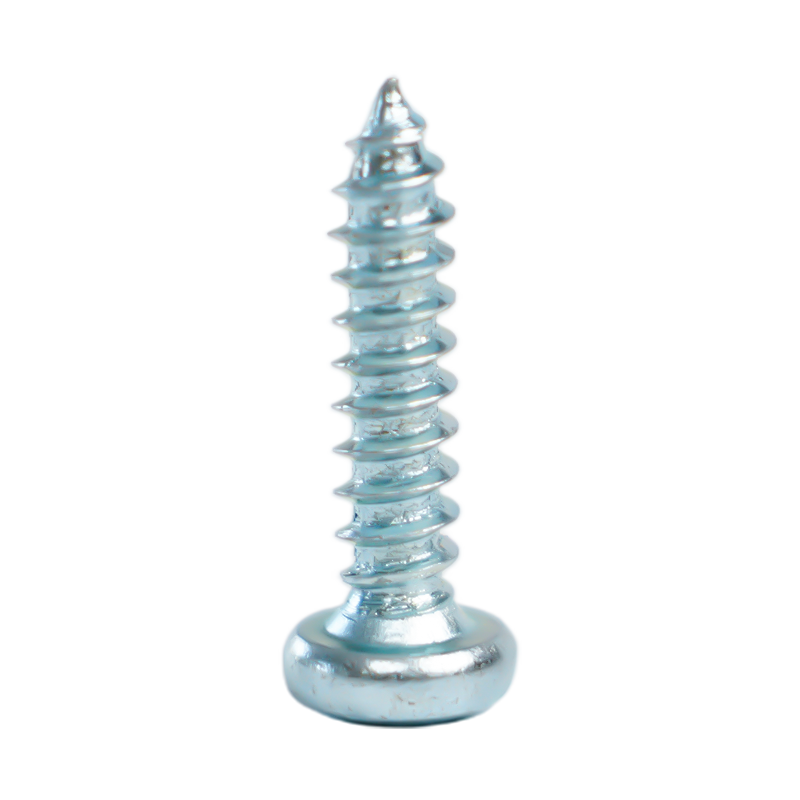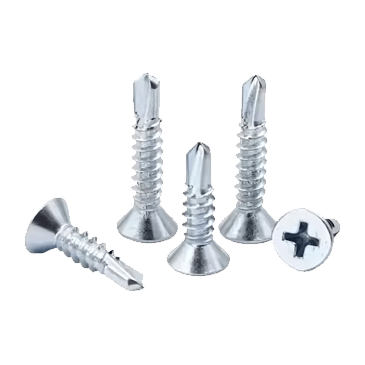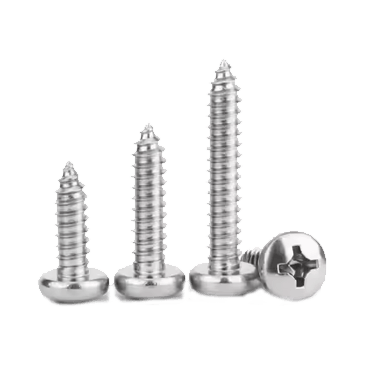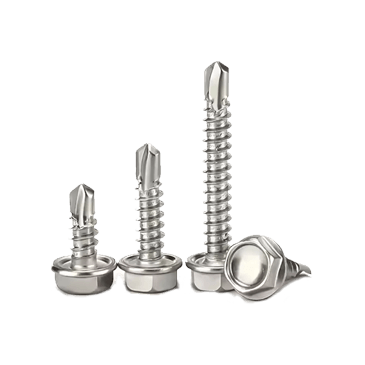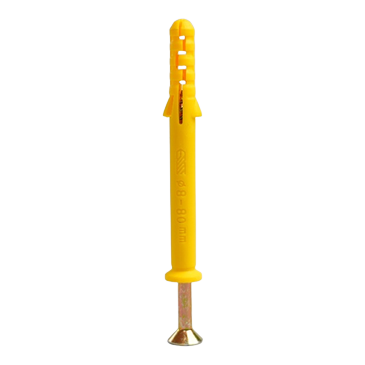1. The decisive influence of substrate strength on the effect of the Wedge Anchor
First of all, the Wedge Anchor has strict requirements on the strength of the concrete substrate. Only in high-strength, crack-free, high-quality concrete can the Wedge Anchor exert its best tensile and shear resistance. Under ideal conditions, the Wedge Anchor can form a firm mechanical lock in the concrete, generate strong friction through the expansion of the tapered tail, and effectively fix the installed object. However, if the strength of the concrete is low, or there are defects such as cracks and voids, the fixing effect of the anchor bolt will be greatly reduced, and it may even be unable to bear the design load, resulting in an increase in project safety hazards.
Specifically, the strength of the concrete directly affects the insertion depth and fixing effect of the anchor bolt. If the substrate strength is insufficient, even the Wedge Anchor of the same specification may not be able to fully contact the substrate, resulting in the anchor bolt failing to produce the expected stability. This is because the performance of the anchor bolt depends largely on the friction between it and the concrete. Concrete with lower strength cannot provide sufficient friction support, resulting in the anchor bolt failing to be firmly fixed.
2. Potential risks of concrete defects
In addition to the strength of the substrate, the quality of concrete is also extremely critical. If there are cracks, bubbles or other defects in the concrete during the pouring process, these defects will greatly reduce the fixing effect of the Wedge Anchor. Cracks and bubbles will directly affect the integrity of the contact area between the anchor and the concrete, reduce friction, and thus make it impossible for the anchor to form a solid mechanical lock. For concrete with defects, the anchor may gradually loosen with the action of external forces, or even fall off.
During the concrete pouring process, any operational errors may cause its quality to decline and affect the fixing effect of the anchor. Especially for projects that require high load support, the quality of the substrate cannot be ignored. Therefore, when selecting and using the Wedge Anchor, it is necessary to ensure that the quality of the concrete meets the design requirements and avoid using concrete with cracks or other defects as the fixing foundation.
3. The relationship between drilling accuracy and the fixing effect of the Wedge Anchor
In addition to the quality and strength of the concrete, the fixing effect of the Wedge Anchor is also closely related to the accuracy of the drilling. In the actual construction process, the size and depth of the drilling must strictly meet the requirements, and any deviation may lead to installation failure or unstable fixation. If the hole is too large or too deep, the tapered tail of the Wedge Anchor will not be able to generate enough expansion force in the hole, and thus cannot form a strong locking relationship with the concrete. The hole position deviation will cause the contact area between the anchor and the concrete to be uneven, which will affect the fixing effect of the anchor.
In addition, the drilling angle should also meet the design requirements. If the angle deviation is too large, it will also affect the installation effect of the Wedge Anchor. Usually, the diameter and depth of the drill hole must be precisely matched with the size of the anchor. Only in this way can the Wedge Anchor be able to generate enough friction in the concrete to achieve reliable fixation.
4. Unable to repair after installation: Accuracy requirements are particularly critical
The Wedge Anchor has a very high accuracy requirement during the installation process, which is also an important difference between it and other adjustable anchoring systems. Unlike some anchor systems with adjustment functions, once the Wedge Anchor is installed, if the position or angle is found to be wrong, it is almost impossible to readjust or repair it. In other words, errors in installation accuracy often mean the failure of the entire installation process. Therefore, before construction, it is crucial to ensure that the concrete substrate and drilling conditions meet the specifications and perform each operation accurately.
This is particularly critical because once the Wedge Anchor is installed, the wrong installation position will make it impossible to reuse the anchor. In contrast, some other types of anchor systems allow adjustments after installation, but once the Wedge Anchor is in operation, any adjustment will become very difficult and may even cause serious safety hazards.
5. Strictly abide by technical specifications and standards
When using the Wedge Anchor, strictly abide by the relevant technical specifications and installation standards is an important guarantee to ensure its fixing effect and safety. Construction personnel should undergo professional training and master the correct installation method of the Wedge Anchor, including the size, depth, angle and other requirements of the drilling hole. At the same time, the quality inspection of the concrete and the confirmation of the drilling accuracy are also the prerequisites for ensuring the installation quality.
The project leader or technician should strictly control each link to avoid the failure of the anchor due to irregular operation. Correctly selecting the Wedge Anchor model that matches the construction environment and ensuring the accurate execution of each installation step is the key to ensuring the safety and long-term stable operation of the project.

 +86-15052135118
+86-15052135118 

 Español
Español
 Get In Touch
Get In Touch


